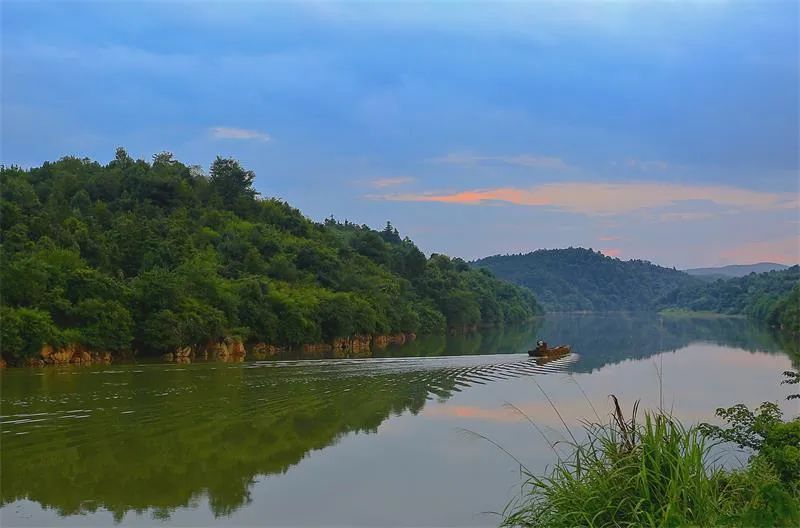National wetland parks worth visiting in Hunan
2024-03-21
Here are some picturesque national wetland parks worth visiting for tourists.
Songya Lake National Wetland Park
Located in the northern part of Changsha County, it covers an area of about 7,345 mu (about 489.67 hectares), with a vast water surface of about 4,200 mu (280 hectares), a wetland rate of 62.7%, and a greening rate of 90.06%.
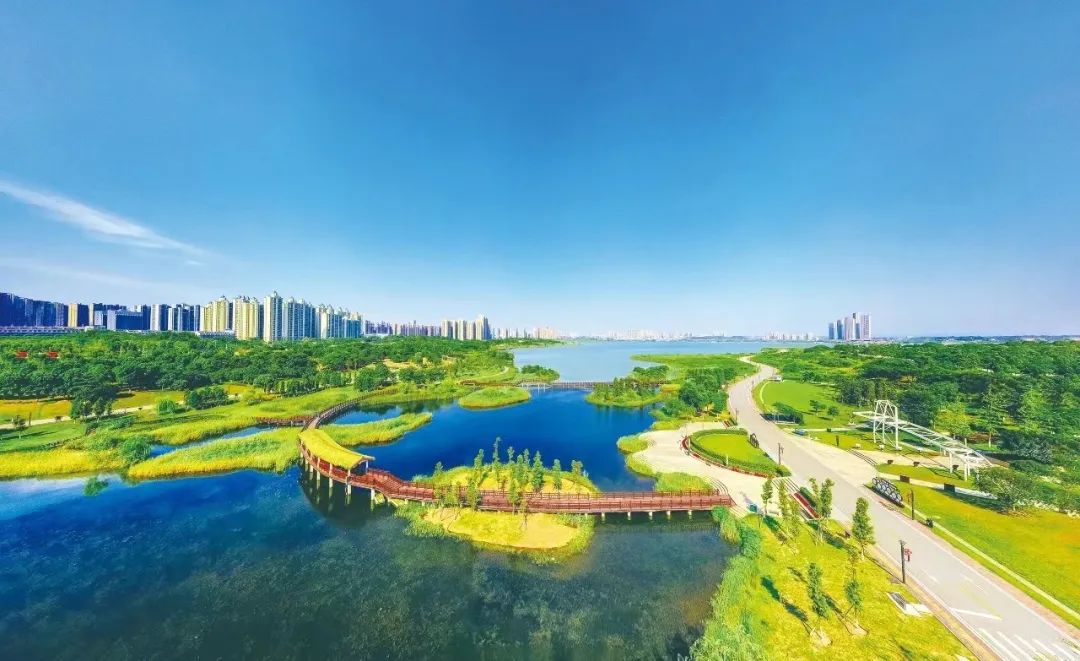
Songya Lake is a typical case of returning farmland to lake and restoring shallow lake wetlands. It has composite ecological landscapes including lakes, vegetation and forest swamps, artificial islands, and lakeside ecological belts.
Strolling through the park, tourists can see the widely distributed protected wild plants such as wild soybeans, ginkgo and redwood trees. The scenery is beautiful all year round, especially the redwood trees in winter. The red and yellow trees reflected in the water, adding colors to the park.
It is in the southwest of Changsha City, bordered by the Yuelu Mountain to the north and the Xiangjiang River to the east. It is surrounded by Jinjiang and Ya rivers, with a total planned area of about 6,000 mu (400 hectares).
The park has over 350 wetland plants and over 300 bird, subtropical animal, aquatic animal, and insect species due to connected water systems, diverse biodiversity, and dense vegetation, and has formed a complete wetland ecosystem.
Here, tourists can run on a football field, go boating on the lake to enjoy the scenery on both sides, rest under trees, and take photos of various sculptures. Meanwhile, there are different types of flowers in each season, such as garden cosmos, evening primrose, verbena, as well as pink and white galsang flowers.
Yanghu National Wetland Park
It is in the southwest of Changsha City, bordered by the Yuelu Mountain to the north and the Xiangjiang River to the east. It is surrounded by Jinjiang and Ya rivers, with a total planned area of about 6,000 mu (400 hectares).

The park has over 350 wetland plants and over 300 bird, subtropical animal, aquatic animal, and insect species due to connected water systems, diverse biodiversity, and dense vegetation, and has formed a complete wetland ecosystem.
Here, tourists can run on a football field, go boating on the lake to enjoy the scenery on both sides, rest under trees, and take photos of various sculptures. Meanwhile, there are different types of flowers in each season, such as garden cosmos, evening primrose, verbena, as well as pink and white galsang flowers.
Shuifu Temple National Wetland Park
It is situated in the Shuifu Tourist Area of Qizi Town, Xiangxiang City, Xiangtan City, where the reservoir intersects with the Lianshui River. It is named after the Shuifu Temple on the dam located at the border of Xiangxiang City, Shuangfeng County and Loudi City.
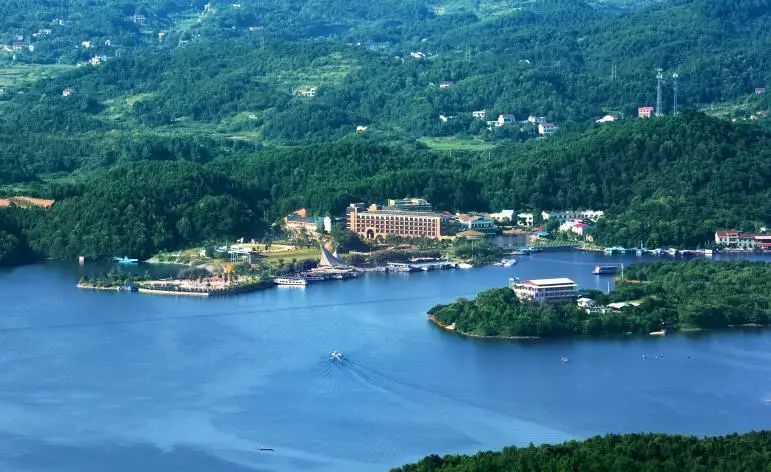
The Shuifu Temple reservoir was built in 1958, with a lake surface area of 44.6 square meters. At a normal water level of 94m, the reservoir capacity reaches 560 million cubic meters. The narrowest part of its surface is about 10m and the widest part is 3.5km.
Miluo River National Wetland Park
It’s located in Yanjiang Avenue of Miluo City in Yueyang City, with beautiful scenery. It is an important ecological barrier of Dongting Lake and also a national wetland park that integrates wetland conservation and restoration, wetland cultural display, wetland leisure, wetland research, monitoring, and publicity education.
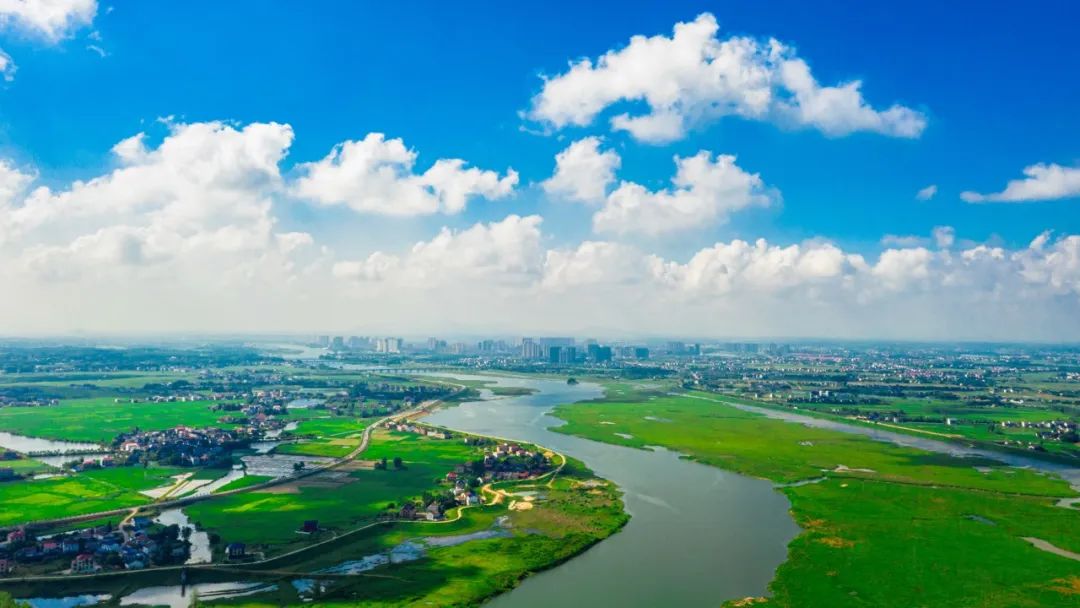
Xuefeng Lake National Wetland Park
It is in Anhua County of Yiyang City, the transitional zone between the Xuefeng Mountains and the Dongting Lake area. It is a composite wetland and forest ecosystem composed of streams entering the lake, reservoirs, river swamps, ponds, and surrounding forests.

With rich biodiversity, it’s typical and representative in the low mountain and hilly areas of mid-subtropical areas in Central China, with high scientific and conservation value.
Ningxiang Jinzhou Lake National Wetland Park
It is located in Yutan Town, Ningxiang City, Changsha City, only 16 kilometers away from the urban area of Changsha City. The Weishui River in the park area is about 16 kilometers long.
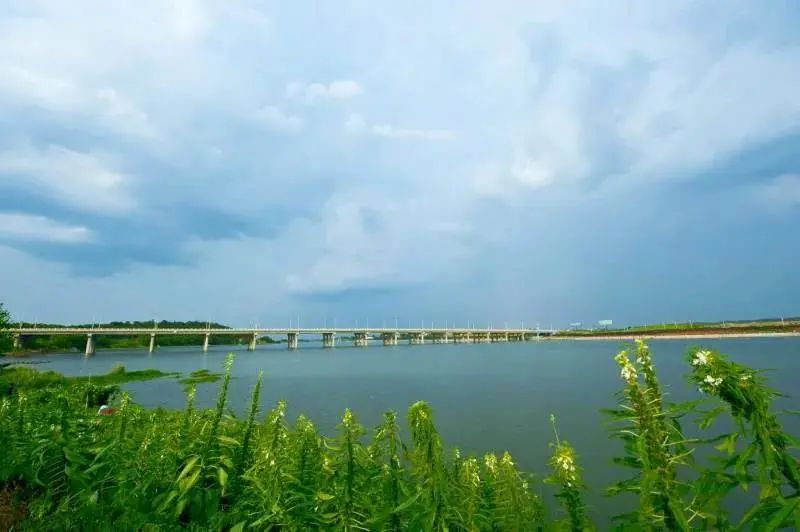
The park covers a total area of 1,838 hectares, with permanent river wetlands and floodplain wetlands accounting for 65% of the total area. It also includes various other types of wetlands such as lake wetlands, swamp wetlands, artificial wetlands, reservoirs, ponds, irrigation ditches, and rice paddies.
Xiaoshui National Wetland Park
It’s located in Central Lingling District, Yongzhou City. With superior ecological environment, it has many biological species, including 235 species of wetland plants, among which there are 6 species of national key protected plants. There are a total of 555 species of flora and fauna that inhabit and reproduce here, including 204 species of wild vertebrates, with 13 species of national key protected animals and 17 species of endemic animals in China.
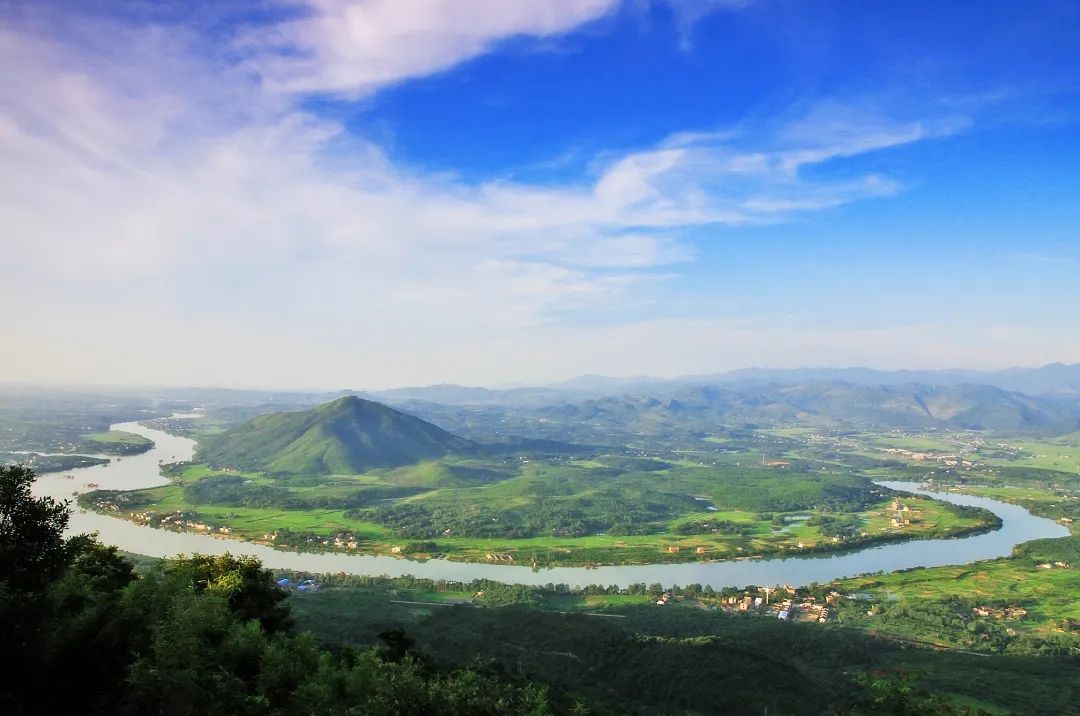
The park is a preferred destination for wetland tourism and ecological civilization education, and an excellent place for photography and artistic creation.
Maoli Lake National Wetland Park
The park, located in the southeast of Jinshi City in Changde City, is the largest stream lake in Hunan Province and also the second largest natural high-quality freshwater lake in Hunan Province after Dongting Lake, with an area of 6,250 hectares, including 1641.7 hectares of forest and arid land. The lake is about 20 kilometers deep, with a magnificent view.
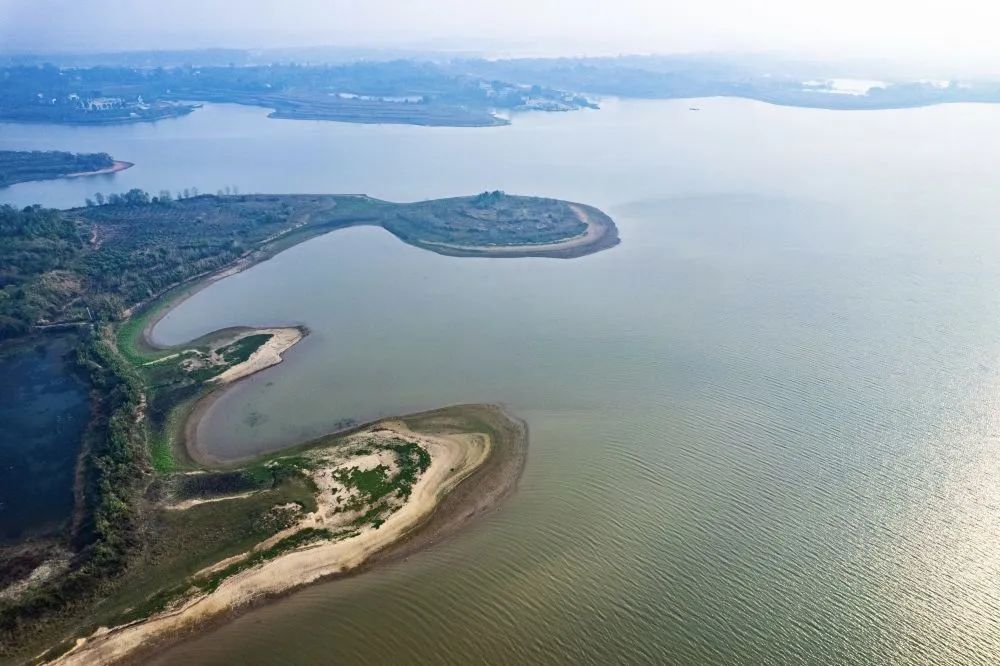
Yuanling Wuqiangxi National Wetland Park
Situated in Yuanling County of Huaihua City, it is a composite wetland and forest ecosystem composed of rivers, artificial lakes, swamps, and forests surrounding the lake with unique charm in the central subtropical regions.
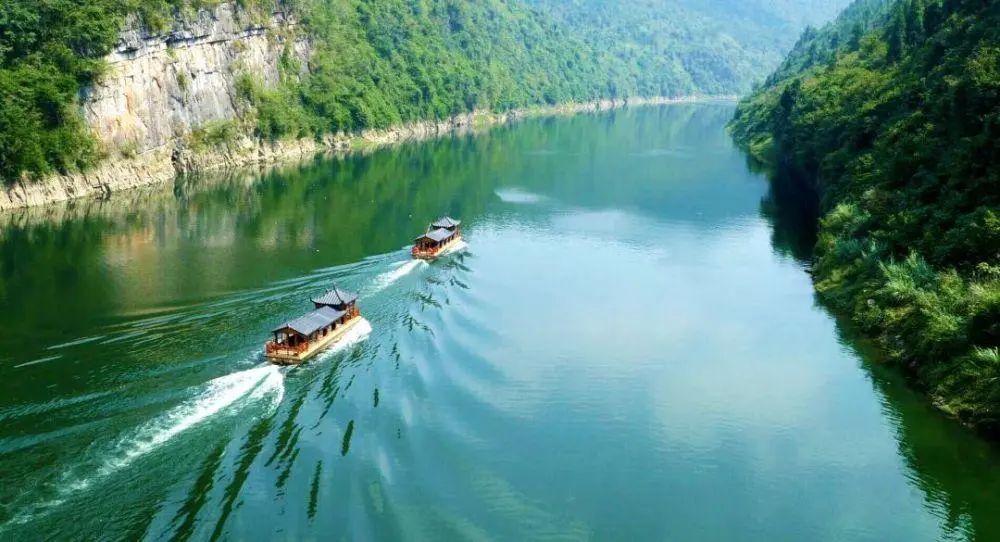
The park, with an area of 20,613.9 hectares, is the largest wetland park among the existing national wetland parks in Hunan Province. It is a key area of terrestrial biodiversity with international significance and a global ecological zone with international significance designated by the World Wildlife Fund.
Guiyang Chongling National Wetland Park in Chenzhou City
It is a composite reservoir and river wetland park with a unique and beautiful environment, and has rich natural resources and profound cultural resources.
The park has a long history exemplified by the ancient human site “Qianjiaping Site” and the iconic cultural relic “White Pottery” from the middle and late Neolithic period in Hunan, as well as profound culture with far-reaching influences such as the “water transportation” culture, “fishing and hunting” culture, and “Hunan Kunqu” culture, showcasing the profound historical and cultural value of the wetland park, and expanding the cultural connotation of wetland ecotourism.
